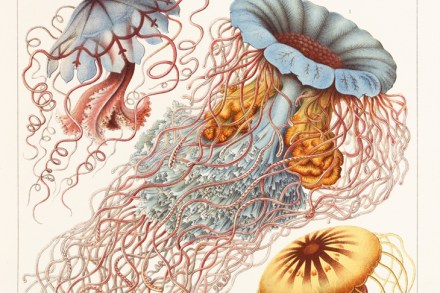Design for the disabled and you can’t go wrong
About 30 years ago, BT introduced a telephone handset with enormous keys. It was intended for people with serious visual impairment. Unexpectedly, it became their bestselling phone. There is a reason for this. The millions of people who wear spectacles or contact lenses typically remove them at night, making the normal tiny keys impossible to read on a bedside phone. Things designed specifically for people with disabilities often end up being valuable to many more people than originally planned. Most of us are effectively disabled some of the time. Wheelchair ramps at airports and stations are not only useful if you are in a wheelchair, they are also useful for




















